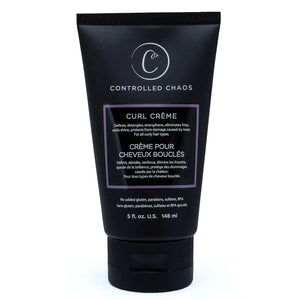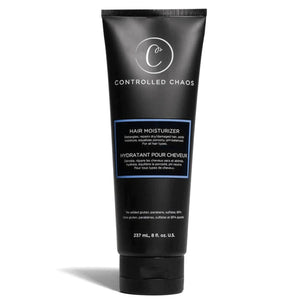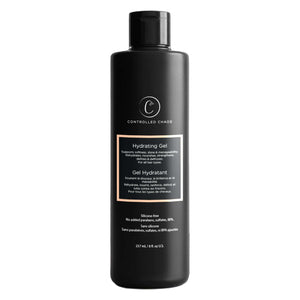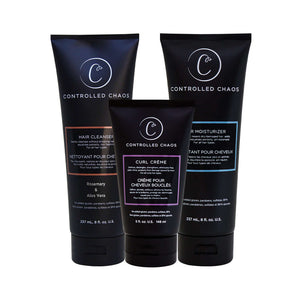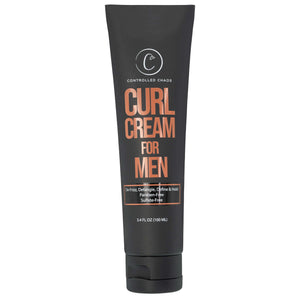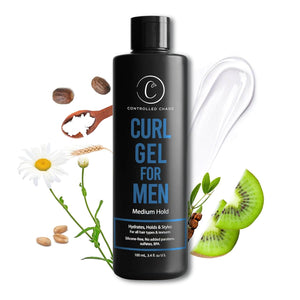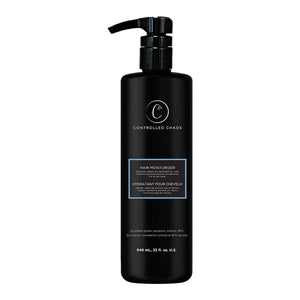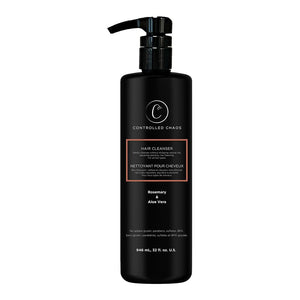

Curly hair is beautiful, dynamic, and full of personality, but it also requires special care to maintain its health and prevent frizz. Unlike straight hair, curls are prone to dryness and tangles. That’s why treating curly hair with the proper techniques and products is essential for maintaining its bounce. In this blog, we will discuss how to treat curly hair. Additionally, we will discuss the best methods for treating curly hair.
Understanding Curly Hair
Curly hair is naturally drier than straight hair because the scalp's oils have a harder time traveling down the twists and turns of the strands. It also tends to be more fragile, making it susceptible to damage from heat, chemicals, and even harsh fabrics. Knowing this helps you make informed choices about how to care for your curls.
Tips and Tricks for Treating Curly Hair
Avoid Overwashing
Washing curly hair too often can strip it of natural oils, leading to dryness and frizz. Aim to wash your hair no more than once or twice a week, depending on your hair’s texture and needs.
Use a Sulfate-Free Cleanser
Traditional shampoos with sulfates can be too harsh for curly hair. Look for gentle, sulfate-free cleansers that clean your scalp without removing moisture from your curls.
Deep Condition Regularly
Curly hair craves moisture. Use a rich, hydrating deep conditioner or hair mask once a week to restore hydration, improve elasticity, and reduce breakage.
Detangle with Care
Always detangle your hair when it’s wet and saturated with conditioner. Use a wide-tooth comb or your fingers to gently work through knots, starting from the ends and moving upward to avoid breakage.
Avoid Heat Styling
Frequent use of flat irons and curling wands can damage curls and lead to split ends. If you must use heat, always apply a heat protectant and use the lowest effective temperature.
Use a Microfiber Towel or T-Shirt
Drying curly hair with a regular towel can cause frizz and breakage. Instead, gently scrunch your hair with a microfiber towel or a soft cotton T-shirt to remove excess water.
Apply Leave-In Conditioner
Leave-in conditioners provide long-lasting moisture, helping to detangle, define, and soften curls. Apply it while your hair is still damp to lock in hydration. This conditioner is great for curly hair care.
Seal in Moisture with Oils or Creams
Use natural oils or curl creams to seal in moisture and define your curl pattern. This helps maintain hydration and reduce frizz throughout the day.
Protect Your Hair at Night
Use a silk or satin pillowcase, or wrap your hair in a silk scarf or bonnet at night to prevent friction, which can cause frizz and breakage.
Refresh Curls Between Washes
To revive curls on non-wash days, spritz your hair with water or a water-based refresher spray and scrunch to bring curls back to life.
Recommended Product Types for Curly Hair
While everyone’s hair is different, here are the key product types every curly-haired person should consider including in their routine:
-
Sulfate-Free Shampoo: Gently cleanses without stripping natural oils.
-
Moisturizing Conditioner: Provides slip for detangling and hydrates the curls.
-
Deep Conditioner or Hair Mask: Repairs and strengthens curls once a week.
-
Leave-In Conditioner: Adds long-lasting moisture and manageability.
-
Curl Cream or Defining Gel: Enhances curl shape and reduces frizz.
-
Lightweight Oil or Serum: Seals in moisture and adds shine.
-
Refresh Spray or Mist: Revives curls and combats dryness between washes.
Advanced Curly Hair Care Practices
Know Your Curl Type
Curly hair exists on a spectrum, from loose waves to tight coils. Understanding your curl type (2A to 4C) can help you choose the most effective techniques and products for definition, volume, and moisture.
-
Type 2 (Wavy): Needs lightweight products to avoid weighing down the waves.
-
Type 3 (Curly): Benefits from moisture-rich products and light-hold styling creams or gels.
-
Type 4 (Coily/Kinky): Requires intense hydration, heavy creams, and oils for definition and moisture retention.
Try the LOC or LCO Method
These layering techniques help lock in moisture for longer-lasting hydration:
-
LOC: Leave-in Conditioner → Oil → Cream
-
LCO: Leave-in Conditioner → Cream → Oil
Experiment with both to determine which one works best for your hair's porosity and texture.
Avoid Harsh Ingredients
Be cautious of drying alcohols, silicones, parabens, and sulfates in hair care products. These ingredients can cause buildup, block moisture, and weaken your curls over time.
Creating a Curly Hair Routine That Works
No two curl routines are the same, but a basic weekly curly hair care schedule might look like this:
-
Wash Day (1–2 times per week): Cleanse, condition, deep condition, detangle, apply styling products, and air dry or diffuse.
-
Moisturize (3–4 times per week): Refresh with water or a leave-in spray, and reapply curl cream or oil as needed.
-
Protect (Daily): Use satin pillowcases or opt for protective styles, such as buns, twists, or braids.
-
Trim (every 2–3 months): Remove split ends to maintain healthy and well-shaped curls.
Common Mistakes to Avoid
-
Over-washing or under-washing—either extreme can lead to buildup or dryness.
-
Skipping heat protection when styling with hot tools.
-
Using the wrong towel or pillowcase—cotton creates friction, leading to frizz.
-
Using products not made for curly hair—not all hair products are created equal.
When to See a Hair Care Professional?
If you’re experiencing ongoing issues such as extreme dryness, breakage, or scalp irritation, it may be time to consult a professional stylist or trichologist. They can help you identify the root of the problem and suggest customized solutions. Professional treatments, such as protein masks, steam therapy, or curl-by-curl cutting techniques, can also be beneficial.
The Long-Term Benefits of Treating Curly Hair Right
Consistently treating your curls with care will result in noticeable long-term benefits:
-
Improved Curl Definition: Proper hydration and styling techniques reduce frizz and enhance the natural curl pattern.
-
Stronger Hair: A balanced routine with moisture and protein builds resilience and prevents breakage.
-
Less Breakage and Split Ends: Gentle detangling and regular trims lead to healthier, more manageable curls.
-
Increased Length Retention: When curls are protected and well-nourished, you’ll see better length retention over time.
Conclusion
In brief, the blog guides caring for curly hair. Curly hair is a crown that requires patience, dedication, and proper care to flourish. From using the right products to adjusting your daily habits, treating your curls can transform your hair into its healthiest form. Whether you're just starting your curly hair journey or looking to refine your routine, consistency is key. The Controlled Chaos has the best range of hair products that will help treat your hair. Incorporate these products into your hair routine and achieve good results.
FAQS
How do I treat curly hair?
Treating curly hair involves gentle cleansing with sulfate-free products and regular deep conditioning. Additionally, you should continue to maintain moisture with leave-ins, creams, and oils. It’s also essential to avoid heat, detangle your hair carefully when wet, and protect your curls at night with silk.
What products are best for treating curly hair?
The best products for curly hair include sulfate-free shampoos, rich moisturizing conditioners, and deep conditioning masks. Additionally, consider using leave-in conditioners, curl creams, and lightweight oils or gels. These products help hydrate, define curls, and reduce frizz.

